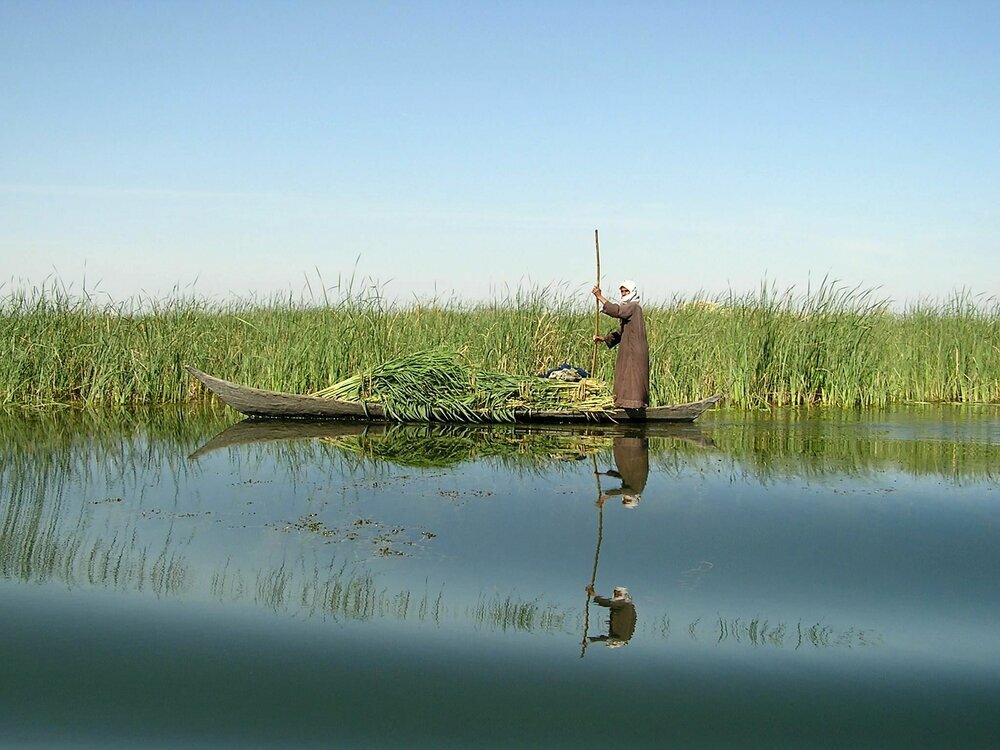‘Dam construction in Afghanistan will possibly leave Hamoun wetland dried’

TEHRAN — Dam construction projects on Helmand River in Afghanistan can possibly result in total dryness of Hamoun wetland in the future, southeastern Iran, deputy environment chief Masoud Tajrishi has said.
The Hamouns are transboundary wetlands on the Iran-Afghan border made up of three lakes: Hamoun-e Helmand, which is entirely in Iran, Hamoun-e Sabari on the border, and Hamoun-e Puzak, almost entirely inside Afghanistan. The three lakes are linked and fed by water from the Helmand River which starts in the Hindu Kush Mountains in Afghanistan.
Afghanistan should provide Hamoun wetland with its water right which amounts to an annual 820 million cubic meters of water, YJC quoted Tajrishi as saying on Friday.
Iran should urge Afghanistan to construct water transfer facilities to provide the wetlands with its annual water right or the wetland will face total drainage in the future, he warned.
Iran’s Ministry of Energy should follow up on the issue and negotiate with the Afghan government to resolve the problem, he concluded.
In an exclusive interview with the Tehran Times in October 2017, Afghanistan's Ambassador to Iran Nasir Ahmad Nour explained that Afghanistan has always adhered to the agreements stating the water right of the two countries and that four decades of conflicts and wars in the country have forced many farmers to leave their lands and no projects have got off the ground over these years.
All these times the water have been flowing into Iran and the fact that Hamoun is still dry has nothing to do with Afghanistan and Iran must look into the problem and find the reasons for the lake dryness inside the country, the ambassador said.
Based on the data published on Monday by National Drought Warning and Monitoring Center affiliated to Iran’s Meteorological Organization the province of Sistan-Baluchestan received 107.5 millimeters of rain in from September to April which indicates 386 percent rise compared to last water year and a 5.8 percent increase compared to the long-term averages.
And now with Hamoun and Helmand springing back to life again agriculture will be revived in the region once again.
However, it is crystal clear that without proper wetland management plans and with temperature rise during summer and decreased precipitation amounts the wetland will gain face dryness in near future.
MQ/MG
